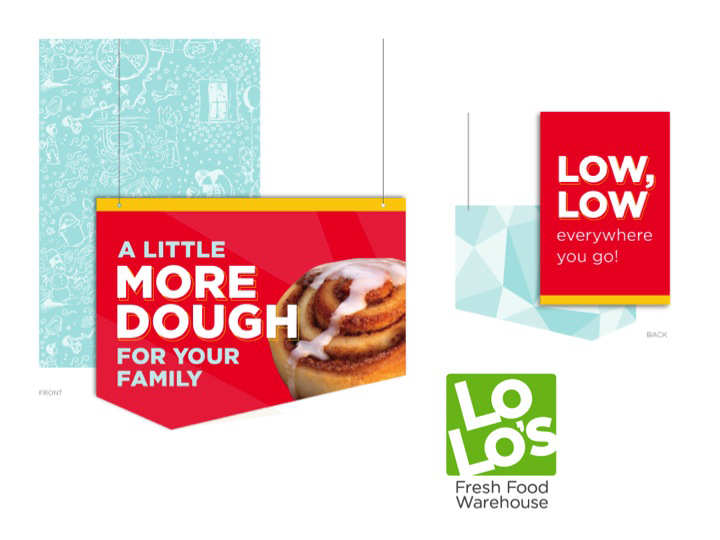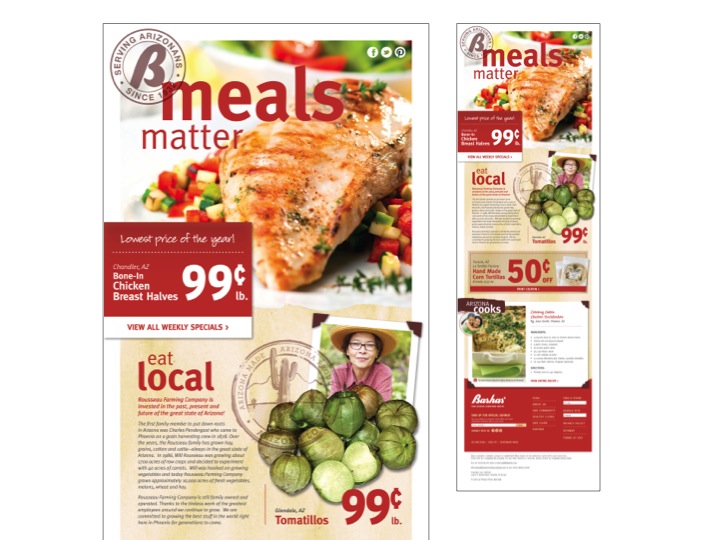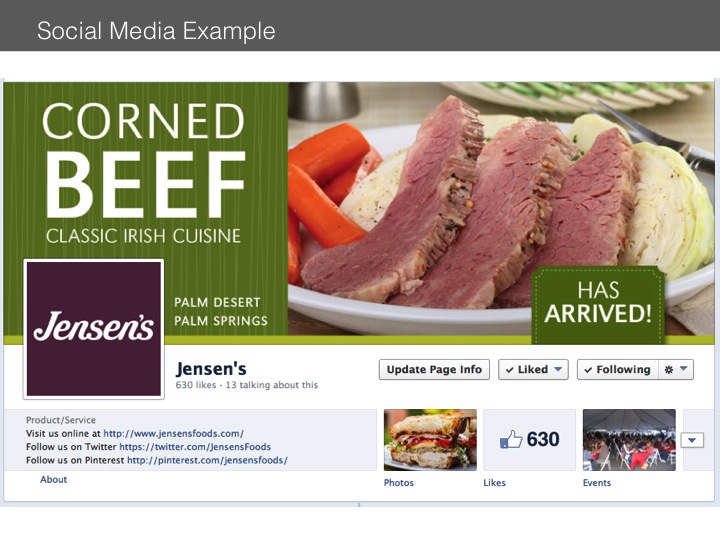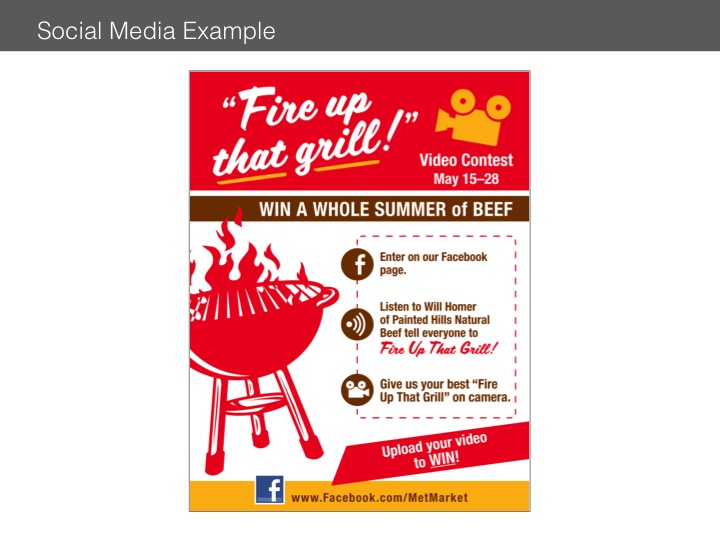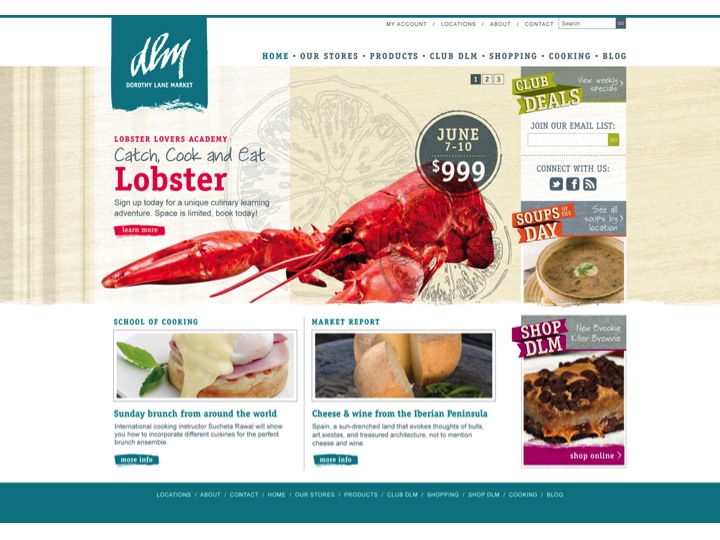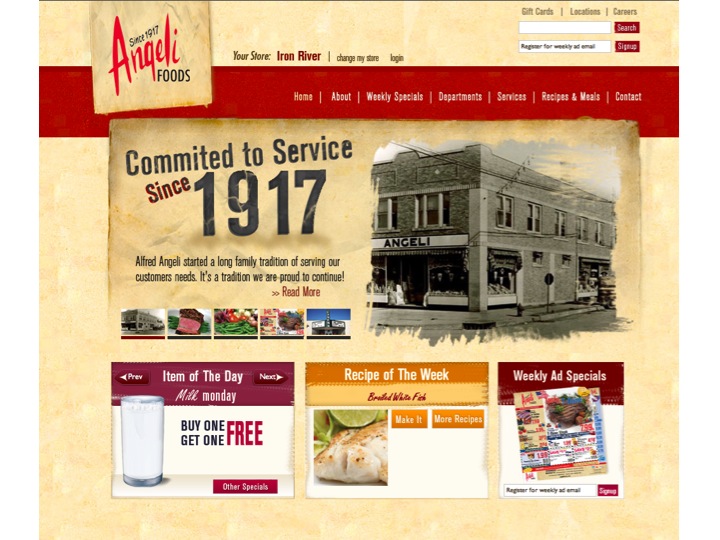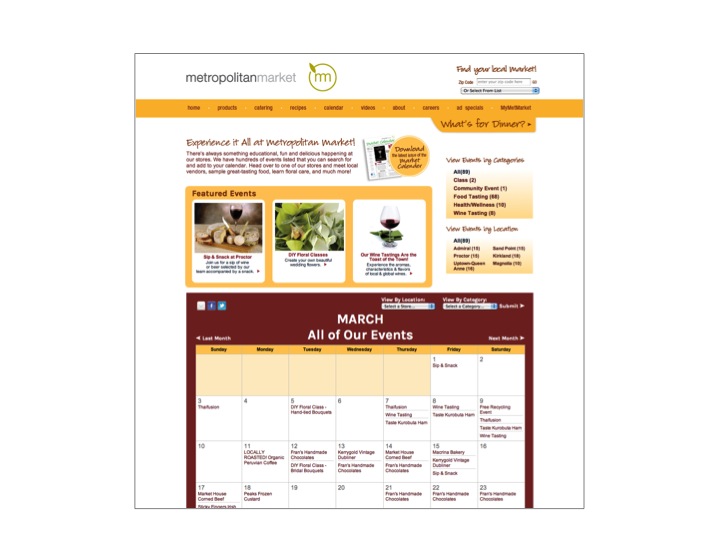DW's Blog
What Does It Mean To Have A Gift?
by DW Green — October 22, 2015
This is for our clients, our vendors, and staff at DW Green Company. I acknowledge your authenticity and contribution that each of you bring to the world every day.“Every single being has an amazing, unfathomable gift that only meeting life head-on and heart-on will reveal. And we can’t fully know our gift alone. We need each other to discover the gift, to believe in the gift. And then, to learn how to use it. The challenge for each of us is not to discount our gift because of the indifference of others, and not to abdicate our gift because of the various weights we’re forced to carry.What does it mean to have a gift? For the lamp, the light it was shaped to carry is its gift. Without a light, a lamp has no purpose. For a person, we are shaped by experience to reveal the light we carry. For a person, how that light comes through us is its gift. And a life cut off from the work of its heart has no purpose. Our call in the midst of our days is to discover the gift that connects our heart with our hands, to discover the light that fills the lamp of life we are given. Once discovered, our work is to never let the light of our gift go out.A lamp can light any patch of ground, the hand filled with heart can light anything it touches. The various skills of the world are how the gifted hand moves.Through our gift, we bring our portion of life-force back into the world. Each of us is born a heart’s length from everything that ever li...read moreHuman Beings Are Meaning Making Machines
by DW Green — October 15, 2015
Finding Inner Courage by Mark Nepo is an excellent book and I highly recommend reading it. In the introduction Nepo writes; “What does courage mean? How we hold this question is important. It’s interesting that the question, what does it mean? In Spanish, que quire deicer?, literally translates as, what does it want to say? The difference inherent in the Spanish view is that whatever holds meaning is alive and has its own vital authority and, therefore, demands us to be in relationship to it in order to learn its meaning. English view readies us to apprehend meaning, while Spanish view readies us to experience meaning.”Okay, interesting quote you might say, but what does it have to do with business? In a word…everything. What does your business mean? What does it mean to you? What does it mean to your stakeholders? Human beings are meaning making machines. When our relationships and our experiences are meaningful, we are confident and comfortable with our decisions, our choices and this meaningful connection enhances our overall sense of happiness and well-being.A company’s “reasons to believe” are deeply rooted in its purpose and meaning. It’s critical that a company’s purpose and meaning are fully expressed in designed experiences, culture, value offerings and communications; ultimately creating faith and trust in the brand by all its stakeholders. This comprehensive and holistic approach to purpo...read moreDW Green Company, a River Company
by DW Green — October 8, 2015
The generational longevity of a company.
The manager of a living company understands that keeping the company alive means handing it over to a successor in at least the same health that it was in when he or she took charge. To do that, a manager must let people grow in a community that is held together by clearly stated values. The manager must place commitment to people before assets, respect for innovation before devotion to policy, the messiness of learning before orderly procedures, and the perpetuation of the community before all other concerns.Living companies are willing to scuttle assets in order to survive. To them, assets—and profits—are like oxygen: necessary for life but not the purpose of life. These companies know that assets are just means to earning a living. A company run according to a different model scuttles people to save its plant and equipment, which it considers the essence of its being. If such a company were in the car rental business, for example, it would see itself as existing to rent cars. The company’s fleet would be considered its primary asset, and its purpose would be to make profits for shareholders. If such companies find themselves in trouble, they get rid of people. I believe that employees are a company’s primary asset and that a company’s purpose is survival, which means developing and nurturing their employees potential.Managers must decide how to position the human element in their companies. They ca...read moreThey Did It!
by DW Green — October 1, 2015
Town and Country Markets, one of our Seattle area clients, recently completed an extensive remodel project of their store in Bainbridge Island Washington. To use the word “extensive” to describe the magnitude of the remodel is an understatement! The store was initially built in the 1950’s on very challenging terrain. And while the remodel required more than 18 months to complete, the end result was truly amazing! It’s a beautiful, beautiful store.The depth of planning and communication, both internally with staff and externally with vendors and the community were impeccable. Obviously a work plan is critical. But clearly communicating the plan to all employees and customers minimizes the discomfort and inconvenience while allowing everyone to be a part of the process.We offer our heartfelt congratulations to the T&C leadership team, impassioned staff, gifted store designers, and talented construction company personnel for their dedication and exceptional work. We acknowledge the community of Bainbridge Island, as well, for their support and understanding of the lengthy remodel process.The story below appeared in Town & Country’s bi-monthly newsletter, the Bridge.We Did It!
By Jason Brown, Town & Country Markets Inc., Marketing
At long last, the remodel project at Town & Country Market Bainbridge is complete! Over the past 18 months, T&C a...read moreThe Wisdom Of Conventional Wisdom
by DW Green — September 23, 2015
I’ve been trying to eliminate or at least minimize my internal judgments of people, behavior, and events. But Holy Judgment Day Batman, as humans, is non-judging even possible? It’s like trying to stop incessant thinking. Heck, experienced meditators can’t completely silence their minds.So with non-judging in mind, I merely question the veracity of Conventional Wisdom. So often I hear, “Well it must be the right way to do it, because that’s what the competition does.” Or “We’ve always done it that way.” Or “That’s how I was trained”. Or “That’s how I have always done it”. Or “Conventional wisdom says such and such.” And so on and so on…Conventional wisdom stifles creativity. Conventional wisdom is not necessarily even true. Conventional wisdom is often seen as an obstacle to the acceptance of newly acquired information, to introducing new theories and explanations, and often operates as an obstacle that must be overcome by legitimate revisionism. Despite new information to the contrary, conventional wisdom has a property similar to inertia that opposes the introduction of contrary belief, sometimes to the point of absurd denial of the new information set by persons strongly holding an outdated (conventional) view. This inertia is due to the content of conventional wisdom, ideas that are convenient, appealing and deeply assumed by the public or an organization, which hang on to them even as they grow outdated. This inertia c...read moreThe Real Power Of A Brand Lies In Its Ability to Emotionally Connect With its Customers
by DW Green — September 16, 2015
Since professional football teams are kicking off a new season perhaps another sports to business analogy is in order. Or perhaps not, but here’s one just the same. Winning teams exemplify qualities like preparation, teamwork, execution, heart, wholeheartedness, determination, courage, purpose, tenacity, talent, passion and self-confidence. From a brand perspective, the ultimate value of a professional sports team is in the emotional connection it creates with its fans. Enduring franchises, like the Packers, Cowboys and Steelers, consistently provide their fans with a reason to believe in their team. Whether it’s a championship season or a mediocre one, the fans remain faithful to their team. This team loyalty isn’t based on superficial marketing or slick advertising. It’s rooted in the hearts of the fans, in their love, in their passion for the team, and in their community. Our brand foundation work has similar roots. On the surface many retailers tell us they are about quality products, value pricing and exceptional service. Some retailers insist they’re only about offering low prices. Our brand foundation process is an exploration into the deeper meaning and purpose of an organization and how it can connect with all its stakeholders. The process requires hard work, collaboration, open mindedness, and creative thinking. We believe that all independent retailers who are good at what they do, have the mettle to prosper and gr...read moreThe Energy Of Being Real
by DW Green — September 9, 2015
Our office was open Labor Day. My staff requested to trade Labor Day for Christmas Eve as a paid holiday. We had a productive day of work, as most of our client’s headquarters were closed. The highlight of the day was a Labor Day Pot Luck Lunch organized by Aubrie and Emauni, staff designers. Everyone contributed to the delicious feast. Tasty desserts like Pumpkin Cheesecake with Graham Cracker crust, tart Key Lime pie and delicious Razzleberry pie! Plus homemade guacamole dip, dandy deviled eggs, crisp salad, Buffalo Wings, sandwiches and even Otter Pops! It was a lot of fun, great food, great stories and laughter.I was deeply touched by the energy of our talented team. Each expressing themselves every day in so many ways, in a fast paced business, in their own unique, creative and personal way. They bring so much joy, pleasure and happiness to me. They are an outstanding staff. All are hard working, conscientious, passionate, dedicated and authentic. I respect and honor each of them for who they are as individuals and for what they contribute to DW Green and to our client’s businesses every day. Segue to the more meaningful energy of being real or “Mana”.“Mana” is a term originally used in Polynesian and Melanesian cultures to describe an extraordinary power of force residing in a person or an object, a sort of spiritual electricity that charges anyone who touches it. Carl Jung later defined the term as “the unconsciousness influence ...read moreIntegrity
by DW Green — September 3, 2015
“To thine own self be true” writes William Shakespeare in Hamlet. “Let your conscious be your guide” the Blue Fairy tells Pinocchio and then asks Jiminy Cricket to serve as Pinocchio’s conscious. Integrity is an important and powerful quality. To be referred to as a person of integrity is the ultimate compliment. I have come to realize that my life experience is about the journey toward wholeness, and to seek wholeness, is to live from a place of integrity. To me, conscious is the psychic energy of awareness. Conscious is the alarm that goes off when integrity is at risk, when wholeness is splintered. “The meeting of our inner and outer lives is called integrity, and the health of our integrity often determines our inner strength and resilience in meeting the outer world. This is the purpose of integrity, to balance the outer forces of existence with the inner forces of spirit,” Mark Nepo, The Exquisite Risk. One of the most useful definitions of integrity comes from Rabbi Jonathan Omer-Man: Integrity is the ability to listen to a place inside oneself that doesn’t change, even though the life that carries it may change. So living from integrity is when our actions, our outer life are in sync with our inner life; our heart, our soul, the essence of our being. Businesses too must live from integrity. When the actions of a business are incongruent with their beliefs and values and essence, crises will inevitably arise. The cons...read morePersonal Packaging
by DW Green — August 26, 2015
Yes, packaging and product presentation are very important. People buy with their eyes. And eat with their eyes. Strong visual cues are crucial to sales. Personal packaging is imperative too. Handsome, authentic uniforms and appropriate grooming standards say a lot about the professionalism, expertise and approachability of store employees.The internal “packaging” of associates is essential too. A smile versus a frown, a pleasant friendly tone versus a grumpy agitated one and a happy demeanor versus a dispirited disposition can make all the difference in delivering exceptional customer experience. Wise leaders treat their staff with courtesy, respect and dignity. They honor them for who they are and encourage them to be themselves. When individuals are acknowledged and feel that they are “heard” their job performance excels.We are all unique with our own special gifts and skills. Life is short; we can all make a difference in the world!...read moreLetting Go
by DW Green — August 20, 2015
Many of us feel we are our job, possessions, achievements, and relationships. This is how we know ourselves. If we lose one of them, we feel we have lost part of ourselves. Somehow we have not identified with the basis of all life, which is constantly moving, changing, growing. In order to expand our sense of selves it is necessary to stop fighting and resisting life, to become willing to let go.But, whether or not we want to let go, life itself decides for us. Change comes in its own time, both giving and taking things away. When this happens, many suffer greatly from this sense of loss. A usual response is to hold on tighter. By fighting change this way we are insisting that life meet our particular demands, fulfill our needs and expectations. A battle is set up. Much energy is squandered.So it’s important to learn to Let Go, not only in our personal life, but in our business life as well. And this is especially true for leaders of organizations. A long time client of ours from the Pacific Northwest sent me an article on Letting Go. It’s an excellent article and speaks very highly of the person who sent it to me as well as his leadership qualities.May 18, 2015 / by Scott Mabry













